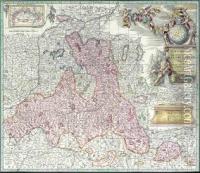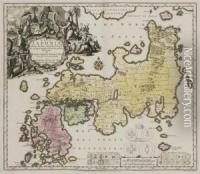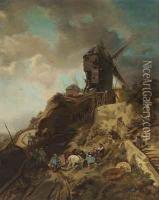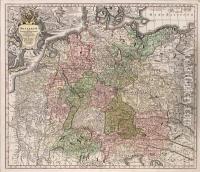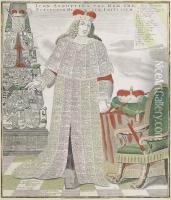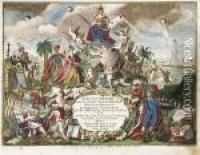Georg Matthaus Seutter Paintings
Georg Matthäus Seutter was a notable German cartographer and publisher during the 18th century, born in 1678 in Augsburg, a city in the Holy Roman Empire, which is present-day Germany. He apprenticed as an engraver under Johann Baptist Homann, a prominent cartographer in Nuremberg, before returning to Augsburg to establish his own cartography business.
Seutter's work flourished and he became one of the most important and prolific map publishers of his time. In 1731, he earned the title of Imperial Geographer to Charles VI, the Holy Roman Emperor, which was a significant honor that contributed to his prestige and the popularity of his work. His cartography was well-regarded for its detail, accuracy, and artistic merit.
Seutter's maps were known for their elaborate and decorative baroque style, featuring bold cartouches and ornamental elements. His atlas 'Atlas Novus' contained detailed maps of various parts of the world and was widely distributed. He also published 'Grosser Atlas', which was another significant work that contributed to his reputation.
After his death in 1757, Seutter's business was taken over by his son, Albrecht Carl Seutter, who continued the map production. However, by that time, the center of cartographic production was shifting away from Augsburg to other areas like Vienna and Paris. Seutter's legacy was sustained through the continued operation of his publishing house and the enduring presence of his maps in collections and archives worldwide.
